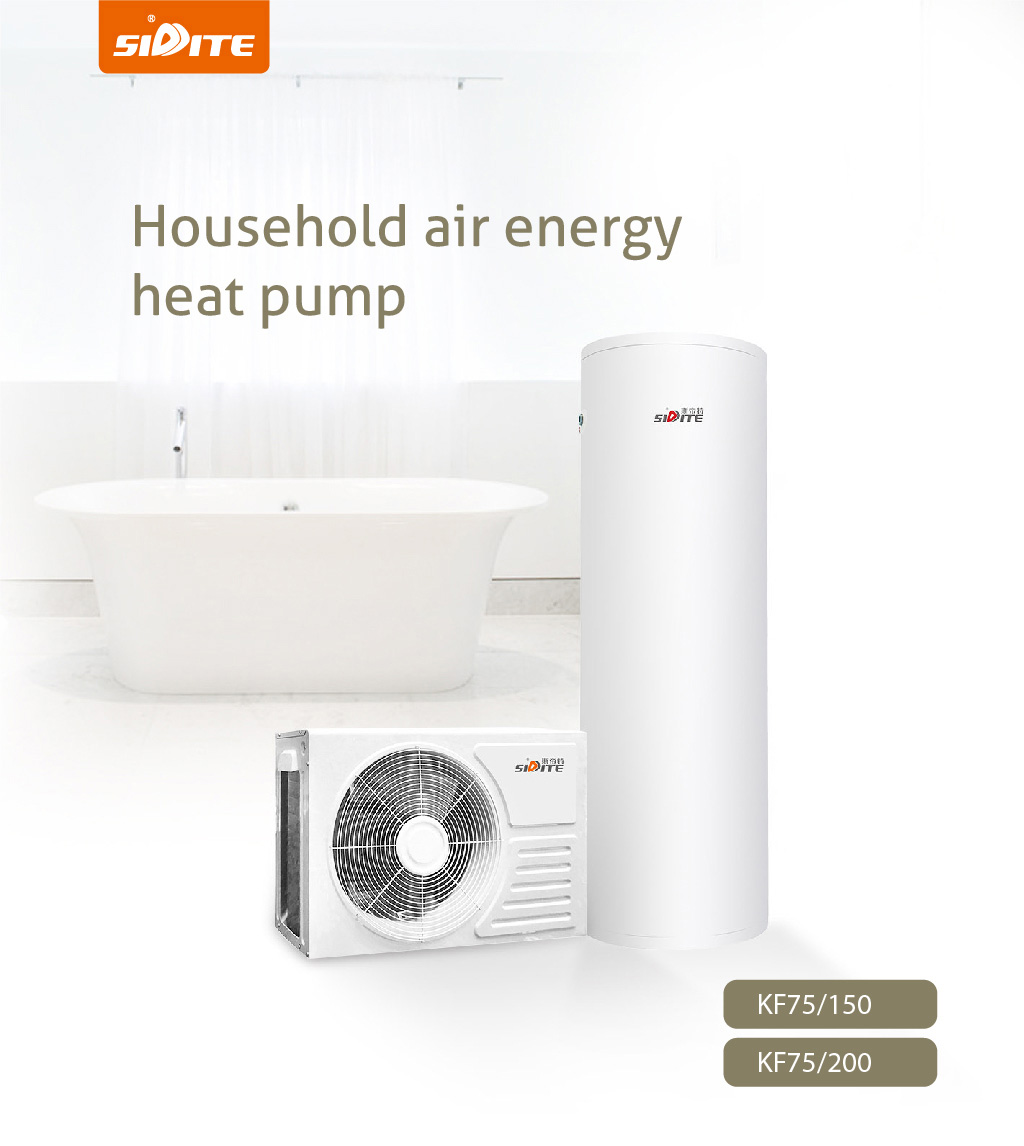Common Problems and Solutions for Domestic Heat Pumps

Heat pumps, as energy-efficient household equipment, have become increasingly popular among home users in recent years. However, in actual use, many users may encounter some common problems. The following are the common problems of household heat pumps and their solutions, hoping to help you better use and maintain the equipment.
1. The heat pump does not produce heat or a poor cooling effect
Possible causes:
The ambient temperature is too low or too high, beyond the working range of the heat pump.
Refrigerant leakage or insufficient.
The air filter is clogged, affecting airflow.
Solution:
Verify that the heat pump's operating temperature range matches the local climate conditions. For extreme climates, consider upgrading to an ultra-low temperature heat pump.
Check for refrigerant leaks and contact a professional to replenish refrigerant if necessary.
Clean the air filter regularly to ensure smooth airflow.
2. Excessive noise during heat pump operation
Possible cause:
The outdoor unit is installed unstably, resulting in vibration noise.
Fan blades or compressors are aging.
There are obstacles around resulting in poor airflow.
Solution:
Check whether the installation of the outdoor unit is firm and re-fix the unit if necessary.
If the problem is with the compressor or fan, it is recommended to contact a professional repairer to replace the parts.
Clear the obstacles around the outdoor unit to ensure smooth airflow.
3. Heat pump starts and stops frequently
Possible cause:
The thermostat is not set properly, resulting in frequent switching on and off.
The system load is too large or too small and does not match the housing demand.
Solution:
Check and adjust the thermostat settings to avoid setting the temperature too high or too low.
If the capacity of the heat pump does not match the size or insulation of the house, it may be necessary to re-evaluate the model of the unit and select a more appropriate size.
4. Indoor humidity too high or too low
Possible cause:
Incorrect heat pump mode setting, e.g. using only the heating function without considering dehumidification needs.
Indoor sealing is too high and air circulation is insufficient.
Solution:
Ensure that the dehumidification function is turned on when using the cooling mode in summer, especially in areas with high humidity.
Increase indoor ventilation or use a dehumidifier to optimize humidity control.
5. Higher than expected heat pump electricity costs
Possible cause:
Prolonged high-load operation, especially in extreme climates.
Poor insulation of the house, resulting in energy loss.
Inadequate regular maintenance, resulting in decreased efficiency.
Solution:
Adjust usage habits, e.g. use energy-saving mode at night when the load is low.
Improve the house's thermal insulation, e.g., add door and window seals or install double glazing.
Regularly maintain your heat pump by cleaning filters and checking system performance.
With the above problem analysis and solutions, we believe you can better manage your home heat pump. If you encounter complicated problems, please contact professional service personnel in time to ensure the normal operation of the equipment and provide a comfortable living environment for your family.